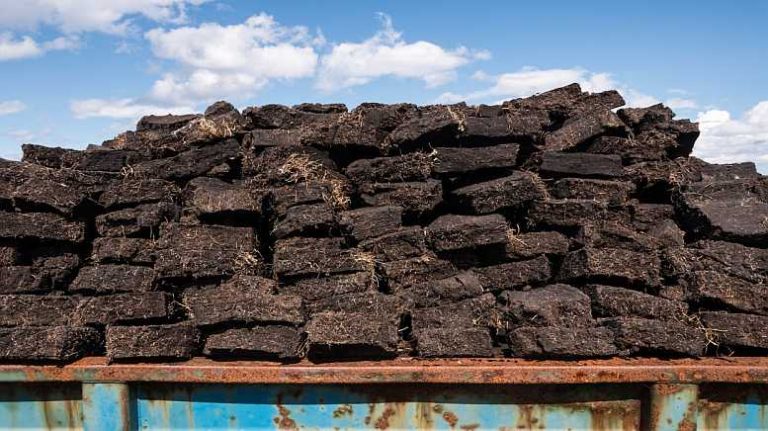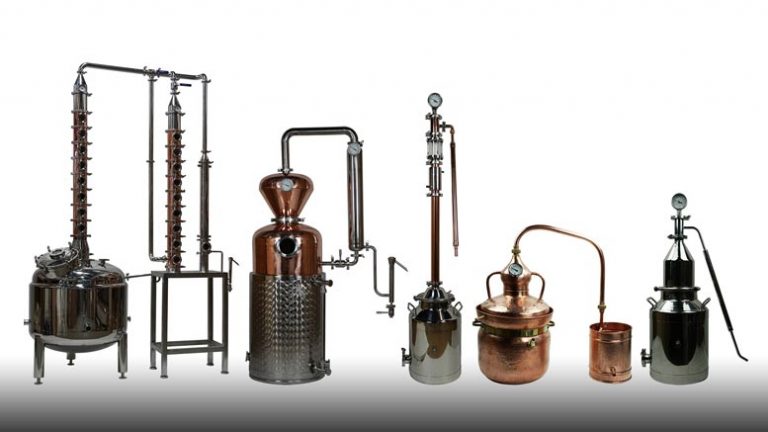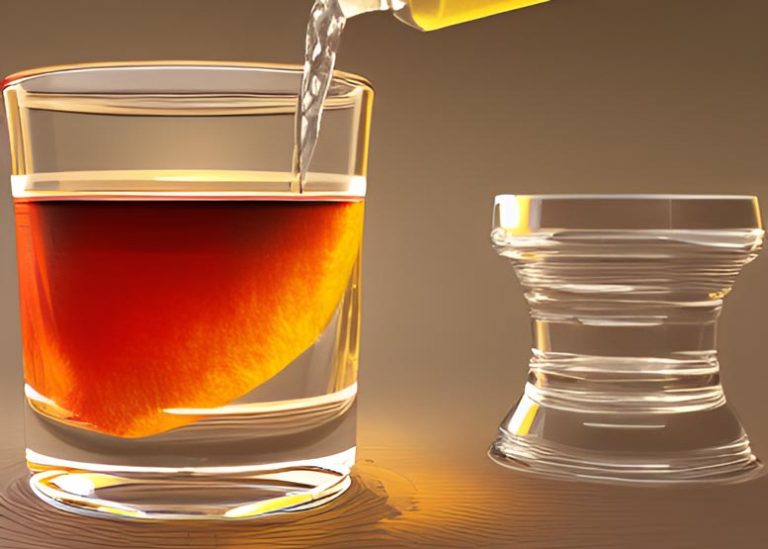How to Make Ethanol from Sugar Wash: A Simple Guide
G’day, Home DIstillers Club members! Ready to turn some sugar water into ethanol? It’s easier than you think.
Here’s a step-by-step run through of everything you need to know.
What You’ll Need:
- Sugar: The star of the show. Any kind will do, but white granulated sugar works best.
- Water: Clean and preferably filtered.
- Yeast: The magical little creatures that do the heavy lifting.
- Fermentation Vessel: A large container to mix and ferment everything.
- Airlock: To keep the bad stuff out and let the good stuff happen.
- Hydrometer: Optional, but super handy to measure sugar content.
Step-by-Step Process:
- Prepare the Sugar Water
- First: Do your mix direct into your fermentor, to save mucking around later
- Measure Your Sugar: Aim for about 7 kilograms of sugar for 25 litres of water. This ratio is a sweet spot for Global Flavors Distillers Yeast.
- Mix It Up: You can dissolve the sugar in warm water (around 30-35°C) if you like, but a paint stirrer on a power drill does the best job. This helps the yeast do its job better. Stir until all the sugar is completely dissolved.
- Process: Half-fill the drum with water and dissolve your sugar. Add the yeast and stir well. Top up to 25 litres and let it ferment. When bubbling stops, stir it and leave for another day.
Optimal start temp is 20-25°C while best fermentation temperature is 30°C, but the yeast works at a pinch from 15°C to 35°C. - Attach the Airlock: Pop on the airlock. This little device allows carbon dioxide to escape while keeping oxygen and other contaminants out.
- Let It Ferment
- Find a Cozy Spot: Place your fermentation vessel in a warm, dark place. Like I said, 25°C to 30°C is best.
- Wait It Out: Now, the hard part – waiting! Fermentation usually takes about 5 to 7 days, depending on the temperature. You’ll know it’s done when the bubbling stops. Remember to give it a nice stir and let it sit for a day or two after it stops bubbling.
That usually gives a bit more alcohol yield.
- Check and Harvest
- Use a Hydrometer (Optional): If you have a hydrometer, you can check the sugar content. When it reads close to zero, fermentation is done.
- Separate the Liquid: You can siphon off the liquid into your boiler if you like, leaving the sediment behind. Or just whack the lot in… you’ll be right, mate!
- Distillation
- Distill Your Fermented Wash: Every still is different, so follow the instructions that came with your still.
NOTE: If you’re using Global Flavors Distillers Yeast, forget about clearing agents, anything that’s Part A and Part B, liquid charcoal, filtering and stuff like that. You only need that to get turbo yeast to taste any good!
- Distill Your Fermented Wash: Every still is different, so follow the instructions that came with your still.
Tips and Tricks:
- Sanitation is Key: Always sanitize your equipment to prevent unwanted bacteria or wild yeast.
- Temperature Matters: Keep an eye on your fermentation temperature. Too hot or too cold can stress the yeast.
- Be Patient: Good things take time. Rushing the process and using turbo yeast can lead to off-flavors.
There you have it! A simple, step-by-step guide to making and disitlling a sugar wash. Whether you’re making a batch for homemade fuel or just experimenting, have fun with it and happy fermenting!
Until next time… Happy Distilling!
Cheers

Questions about Spirit Essences or Home Distilling?
Phone John direct NOW – 0414 955 743
Visit Our Spirit Essences Facebook Page
Global Flavours’ HOME DISTILLERS CLUB Facebook Group







